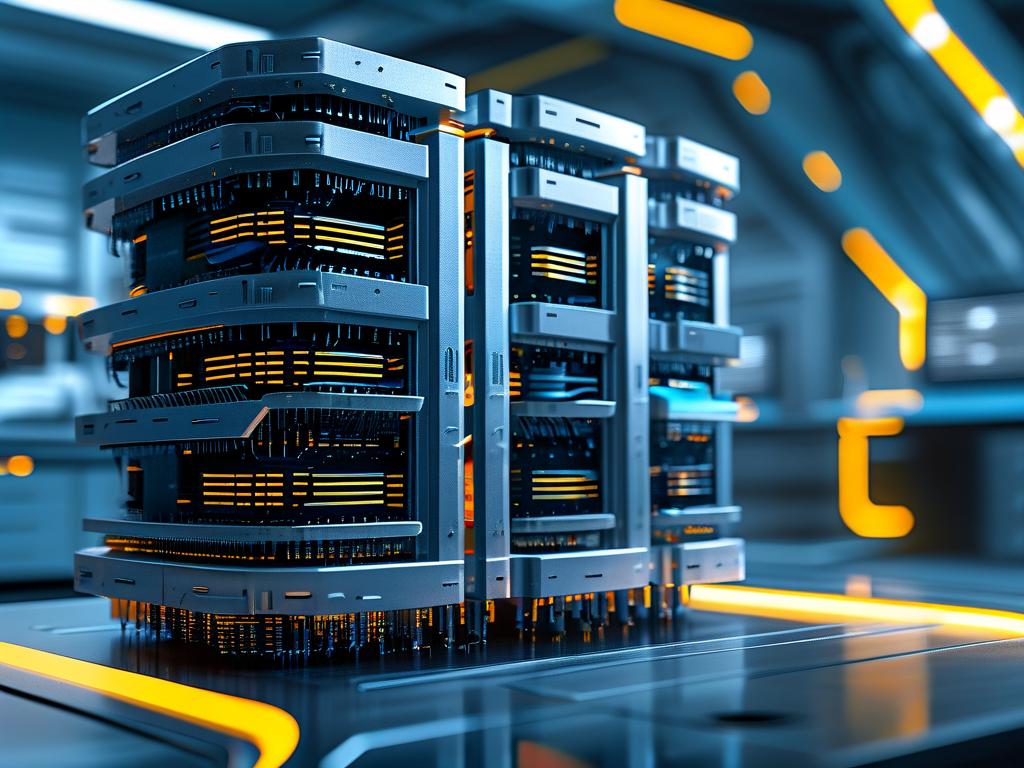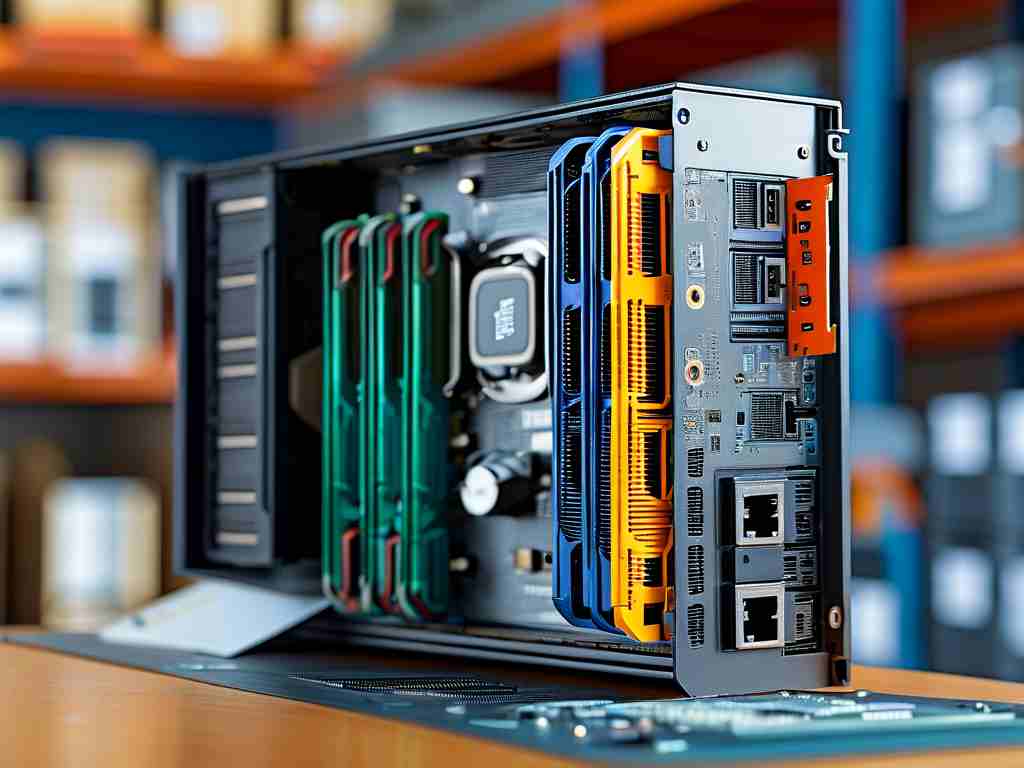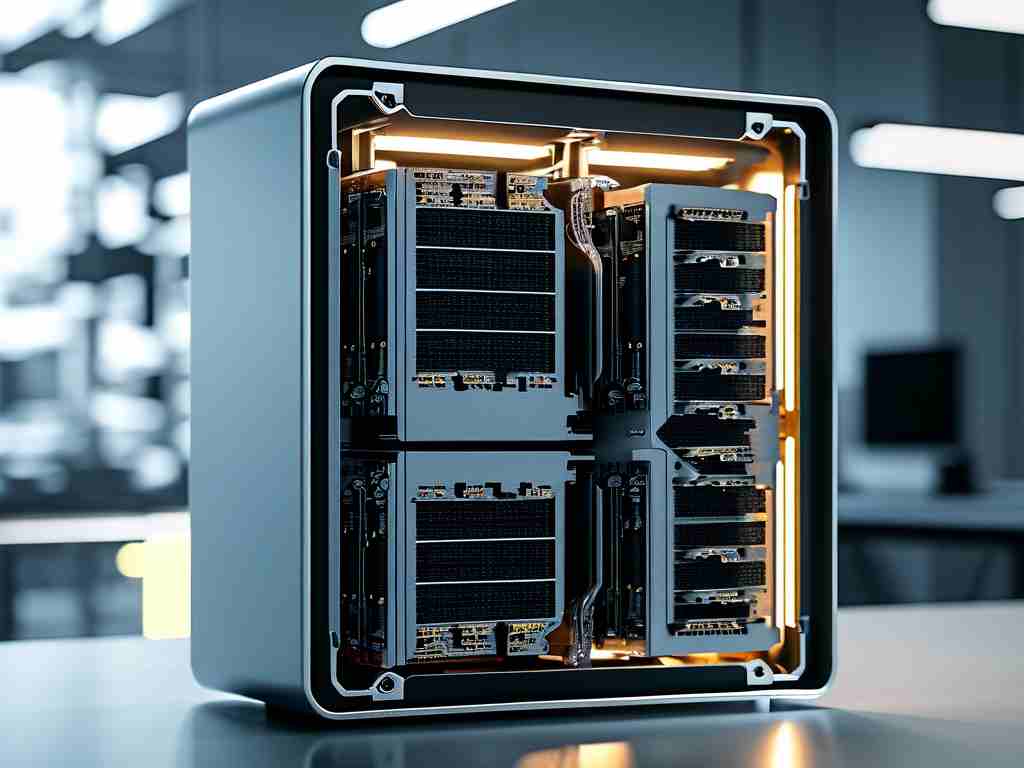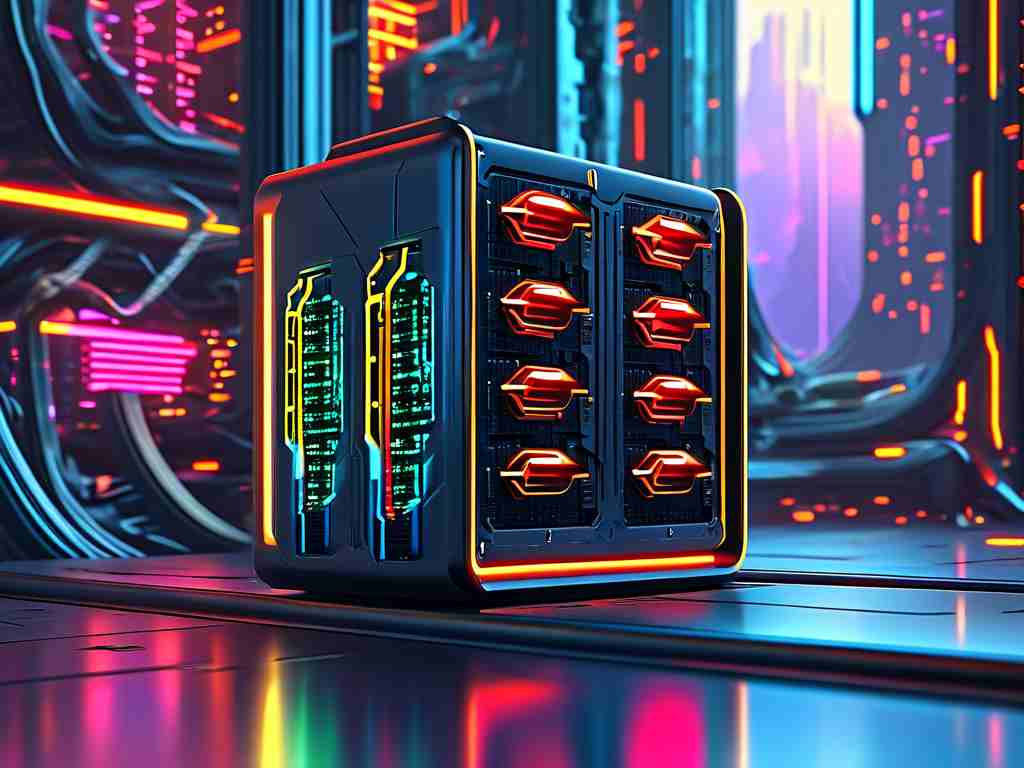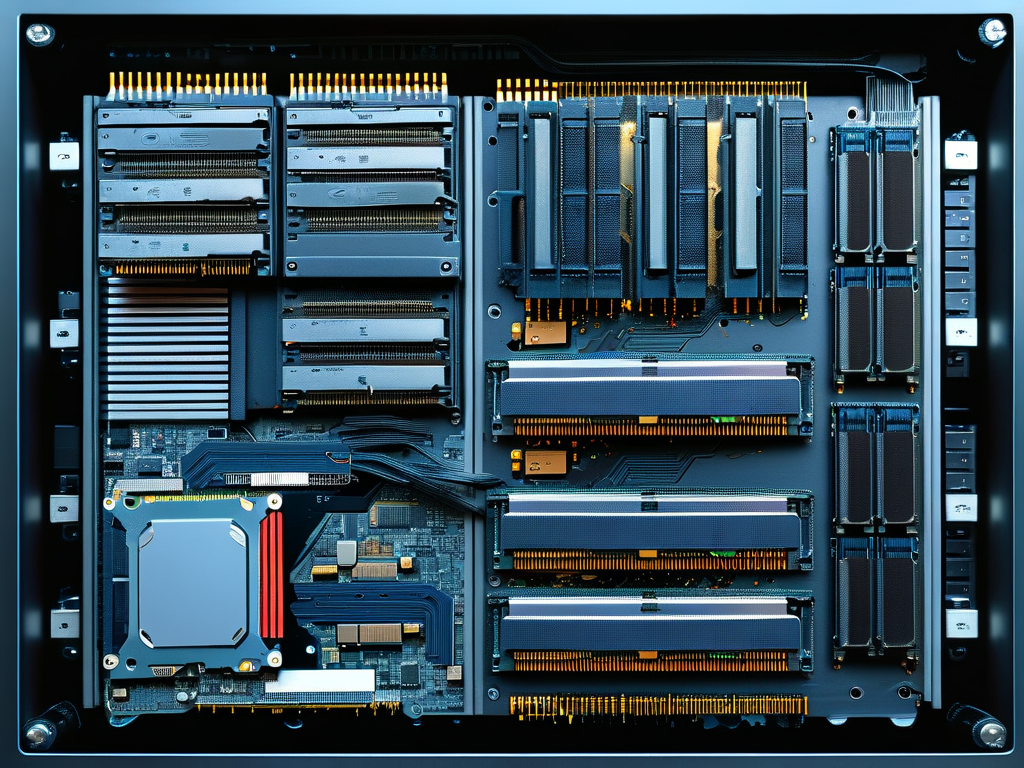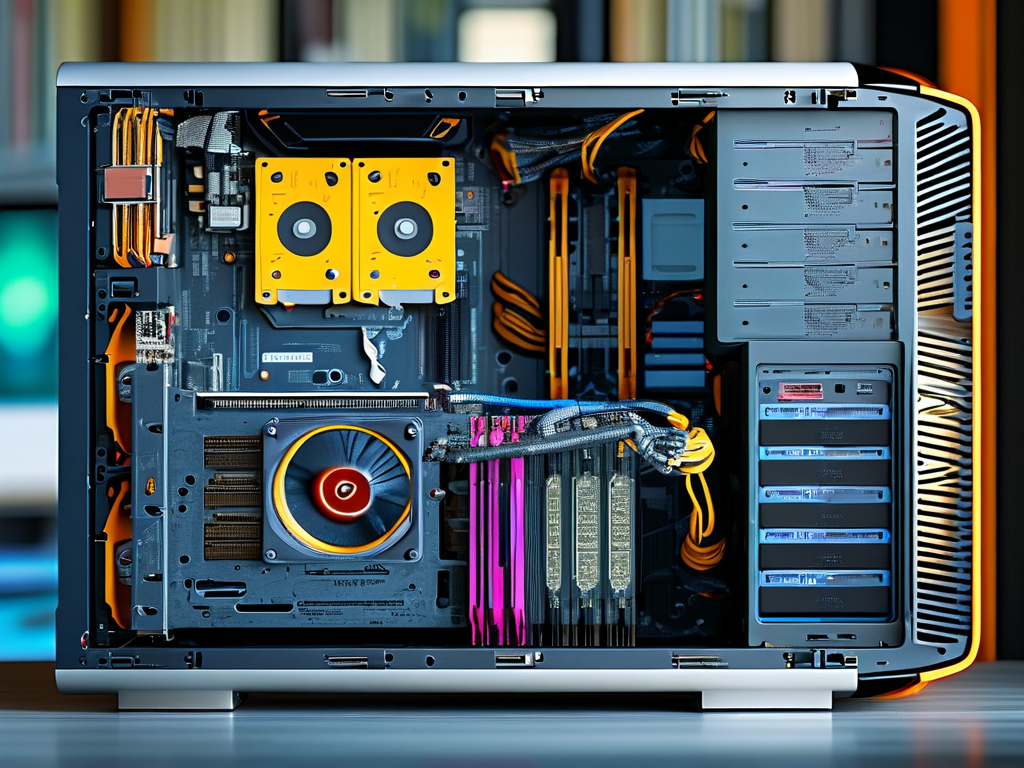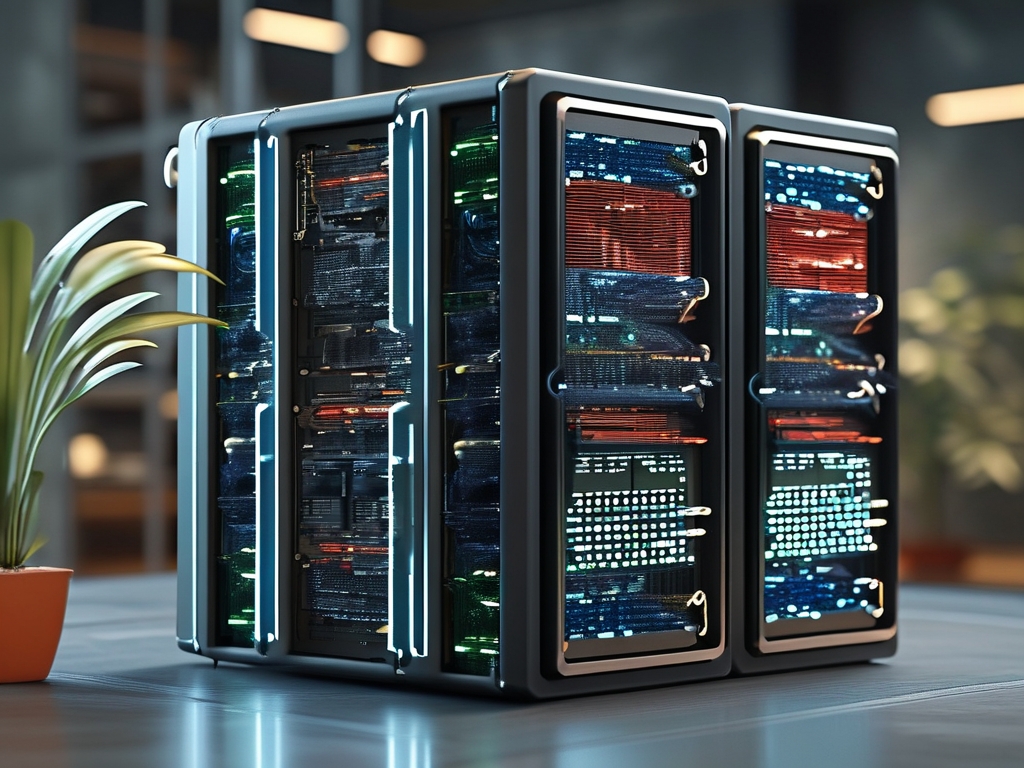Modern computing systems rely on sophisticated memory architectures to execute tasks efficiently. This article explores how memory classification shapes computer functionality and enables diverse applications across industries.
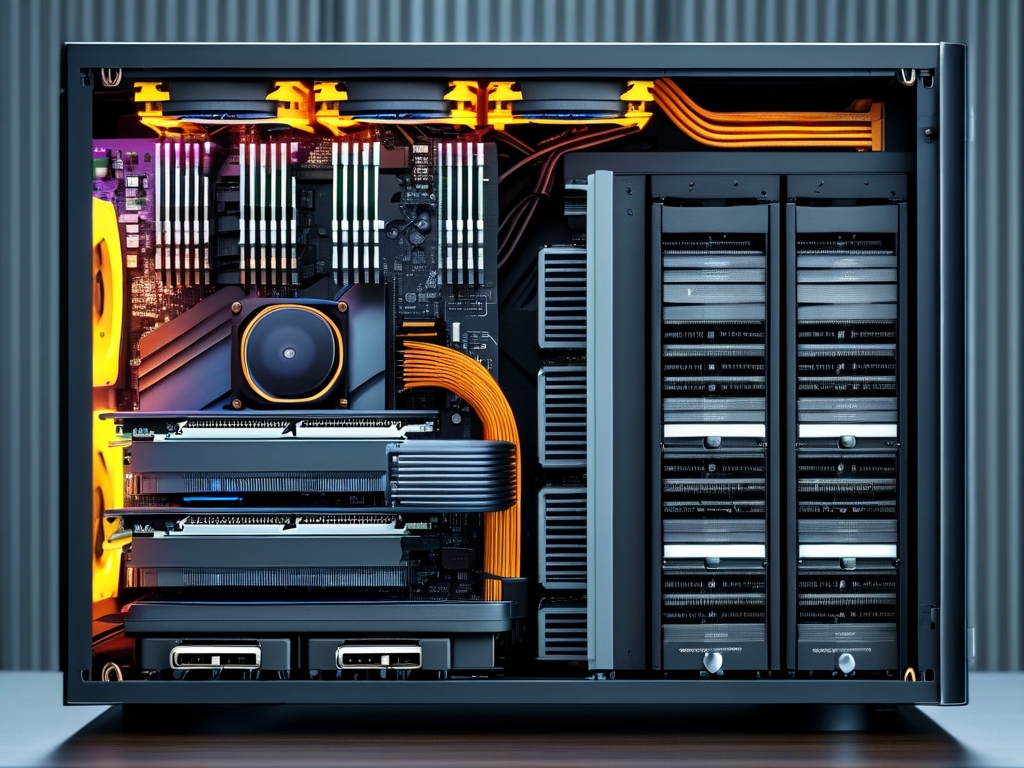
The Foundation of Memory Classification
Memory in computers is broadly categorized into volatile and non-volatile types. Volatile memory, such as Random Access Memory (RAM), temporarily stores data during active operations. Its lightning-fast read/write speeds enable real-time processing but require constant power to retain information. Non-volatile memory, including Read-Only Memory (ROM) and flash storage, preserves data even when powered off. This duality creates a layered storage ecosystem that balances speed with permanence.
Specialized memory types like cache memory demonstrate targeted functionality. Positioned between the CPU and main memory, cache acts as a high-speed buffer for frequently accessed instructions. A simple code snippet illustrates its operation:
// Cache memory access example
for (int i = 0; i < 1000; i++) {
cached_data[i] = fetch_from_main_memory(i);
}
This hierarchical structure significantly reduces latency in data retrieval operations.
Core Functional Applications
-
Multitasking Execution
Classified memory enables concurrent program execution through memory allocation strategies. Modern operating systems employ virtual memory techniques that combine physical RAM and disk space, creating the illusion of abundant memory resources. This virtual addressing system allows seamless switching between applications while maintaining data isolation. -
Data Persistence Management
Non-volatile memory solutions like Solid-State Drives (SSDs) revolutionized data storage paradigms. Unlike traditional mechanical hard drives, SSDs use flash memory cells to achieve faster access times and improved durability. This advancement directly impacts system boot speeds and large-file processing capabilities. -
Performance Optimization
Memory classification enables targeted performance enhancements. Register memory within CPUs operates at clock speeds, handling arithmetic operations with minimal latency. This specialization allows processors to maintain peak efficiency during complex calculations.
Emerging Memory Technologies
Recent developments in phase-change memory (PCM) and resistive RAM (ReRAM) demonstrate how classification evolves with technological progress. These next-generation solutions offer non-volatile characteristics with speeds approaching traditional RAM, potentially reshaping future computer architectures.
Implementation Challenges
While memory classification provides functional advantages, it introduces complexity in system design. Engineers must balance factors like cost, power consumption, and physical space constraints. Error correction algorithms and wear-leveling techniques have become critical components in modern memory controllers to maintain reliability across different memory types.
Industry-Specific Adaptations
Different sectors leverage memory classification uniquely:
- Healthcare systems prioritize non-volatile storage for patient records
- Financial institutions emphasize RAM performance for high-frequency trading
- IoT devices optimize flash memory for compact designs
This specialization drives continuous innovation in memory technology development.
Future Directions
The integration of quantum memory concepts and photonic storage solutions suggests radical changes in memory classification paradigms. These experimental technologies promise unprecedented data density and access speeds, potentially eliminating traditional distinctions between memory categories.
Understanding memory classification remains essential for optimizing computer functionality. As hardware architectures evolve, so does the relationship between memory types and their operational roles. This dynamic interplay continues to define the capabilities of modern computing systems across personal, enterprise, and industrial applications.


